Common Portrait Lighting Mistakes to Avoid
From finding the best angle to using the wrong lens, these are the most common portrait lighting mistakes that every photographer is guilty of.
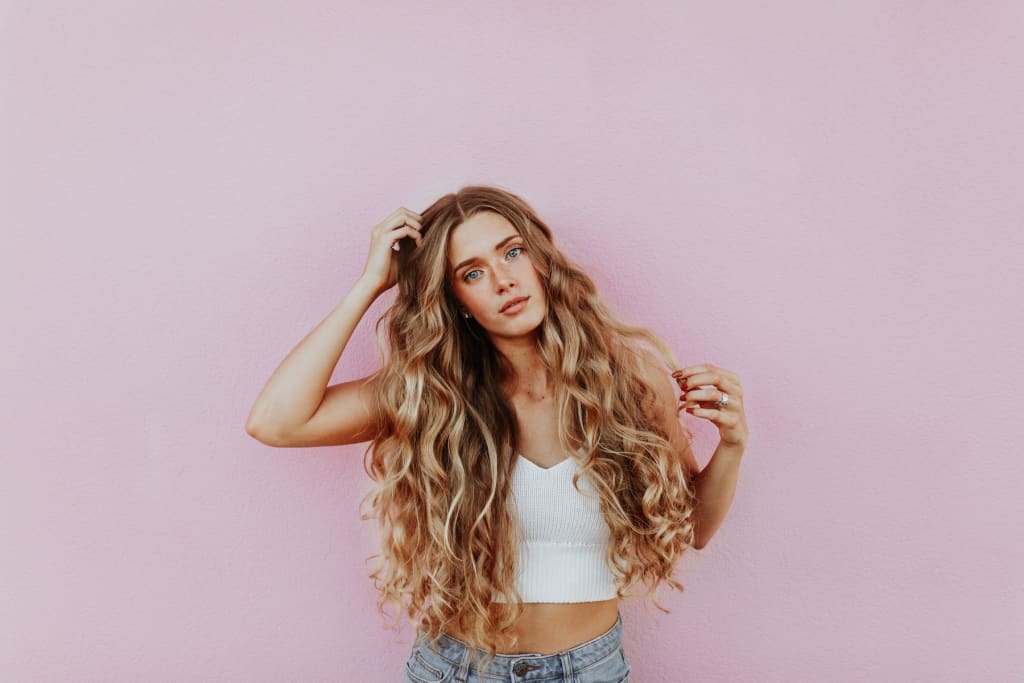
Mistakes that both beginners and pros are guilty of, these are the top ten portrait lighting mistakes that you should avoid to perfect your craft. Discover what problems are affecting your work, and you'll be able to capture the ultimate shot in no time.
Portrait photography is not easy, and finding the best process for you will take trial and error. Eliminating some of these simple mistakes is a great place to start. From avoiding bad shadows all the way to hair lighting, these mistakes are easily reversed.
Using the Wrong Lens
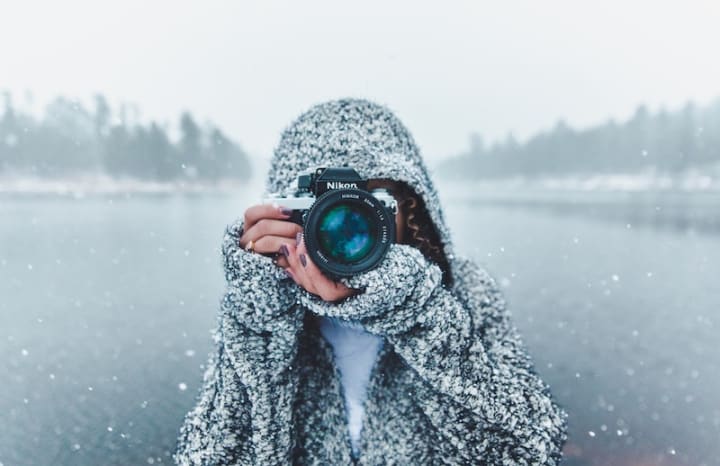
Lens choice has a lot to do with the quality of your photography, and first on our list of the most common portrait lighting mistakes is that you are using the wrong one.
This all has to do with your lighting, focal length, and distance to your subject, so choosing the correct lens for these specifics will allow you to best capture your subject in your portrait photography. This might take some trial and error with new lenses, but having a lens for close shots, distanced ones, and simple portraits will all come to you with practice.
Shadow Issues
When you are shooting with multiple lights on your subject, it is important to ensure the shadows, if any, are used in the correct places. As one of the most common portrait lighting mistakes, shadows are something that may need time to tackle.
When you are focusing on solely the face of your subject, it is important to light the face with "clean lighting" that allows the face to have dimension, but not look darkened. "Good" shadows allow the face to look structured, and fall into the hallows of the face, rather than darken the entirety of one side of the face.
Haziness
While shooting in natural light, it is easy to capture photographs that have too much haze due to the sunlight. This occurs when you are aiming the lens at the light source, rather than allowing the light to shine on your subject. The light should not be facing you, but rather the subject.
However, it is also important to capture photographs in which the light is not directly in the face of the subject. This creates flat photographs that will fall flat. Instead, use the haziness as a source that signals you are almost in the sweet spot. You are in too light of a place, and you should alter the positioning of either your camera or your subject altogether.
Neglecting Catchlights

Catchlights are extremely important to incorporate into your portrait photography. And as one of the most common portrait lighting mistakes, neglecting to use catchlights, especially in your subject's eyes, is something you're going to want to change.
They are specifically meant to bring life to your subject's eyes, and will completely change the feel of the photograph. They are spectral highlights, and in the eyes, they are created by the direct reflection of your main light.
Light > Location
You lighting is far more important to your quality than your location is. No matter how cool that sunflower field might look, if the flower's stems are blocking your source of natural light, the picture is going to lack quality.
Though a beautiful background will complete a photo, the combination of both light and location is something you want to look for, to amp up your quality.
Missing Focus Points
If you don't have a focus point in mind while photographing portraits, they will fail. As one of the biggest portrait lighting mistakes, missing a focus point is a huge problem. The first thing to come to mind while focusing on your subject is their eyes.
And even if they are far away, their eyes should always be the focus point. And now that you've got this covered, they should always be clear. This way you can manually focus the camera directly to this point, and allow the camera to do the rest of the work.
Hair

Something that might seem small, but makes a huge difference in portrait photography, is hair location and hair light placement. To start, let's tackle lights. These lights should not only be used to add some shine, but also to accentuate the shape of the hair, and add a strong separation between the subject and its background.
To do this, you should place these lights behind the subject pointing toward to edges of the head. Also, they should be far apart so that the light does not begin to fall into the front of the face, like the nose or lips.
And when it comes to hair placement, the hair should not be covering the face if long; it should frame the face, but allow the focal point to still be the face, especially the eyes.
Busy Backgrounds
The background of a portrait should not draw more attention than the subject. The focus should be the person, and backgrounds that are all too busy will distract the viewer of this.
As one of the most common portrait lighting mistakes, photographers too often get caught up in the location of the photograph, that they forget the purpose of the picture. This even goes for bright colors. Instead, you could even blur out the background noise, and allow the subject to stand on its own.
Under-Lighting
Under-lighting can often happen due to over lighting the subject. Just like you might guess it to be, under-lighting is simply lighting that comes from below the subject, in relation to the camera.
Much like the reasons why putting a flashlight under your chin to tell a scary story is for fear, under-lighting can make your subject appear scary looking. Lighting that will cast shadows in all the wrong places, you want to take a more natural approach at your lighting angles. Act as if you are the sun.
Angles
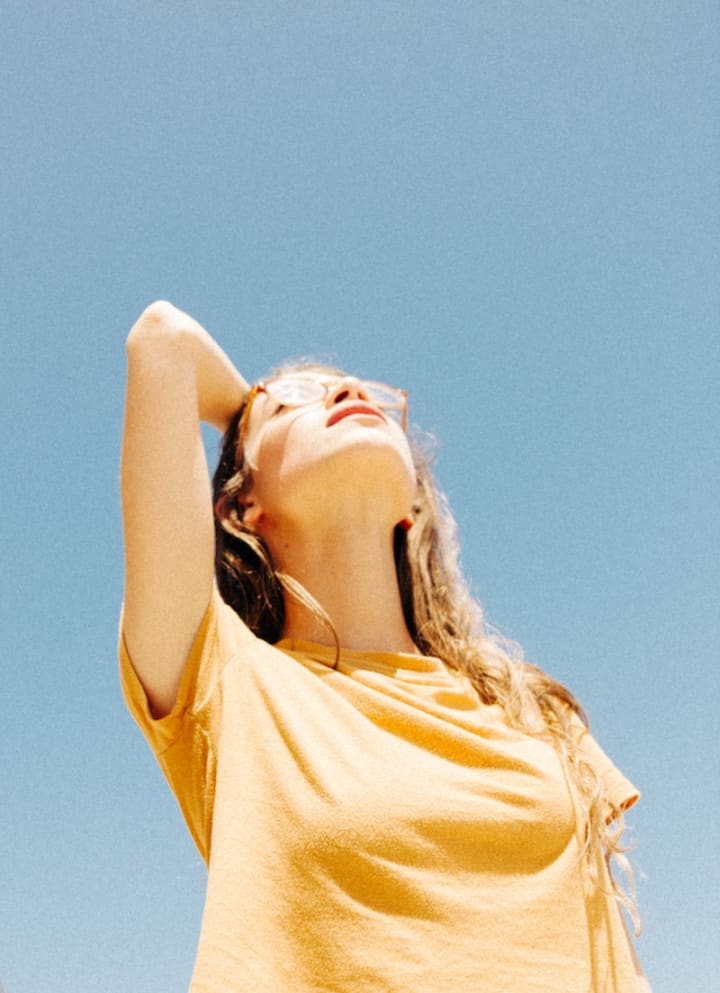
We all have our best angles. And last, but not least, on our list of the most common portrait lighting mistakes, is the fact that photographers often will shoot at unflattering angles.
Depending on the person, and the shoot, angles will change. So this is yet another aspect of portrait photography that will take some trial and error. But simply discovering the best angle that will reveal their most prominent and best features is the best way to start.
About the Creator
Leanna Davis
Social media addict, find the best cute dog photos on my Instagram.


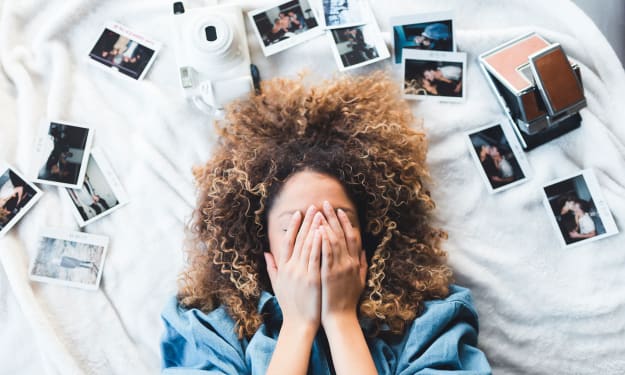

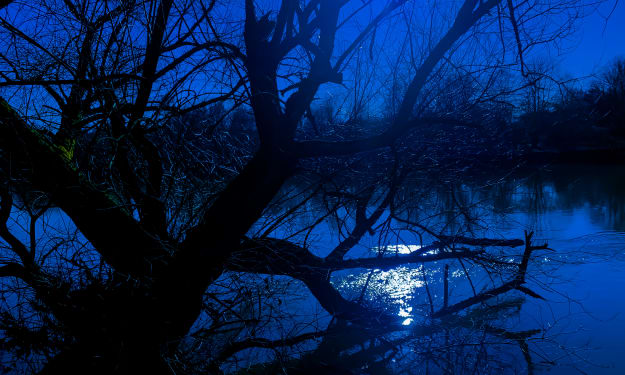

Comments
There are no comments for this story
Be the first to respond and start the conversation.